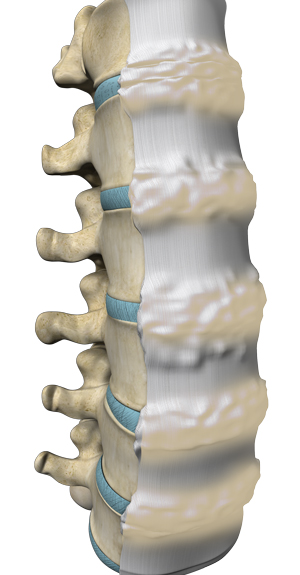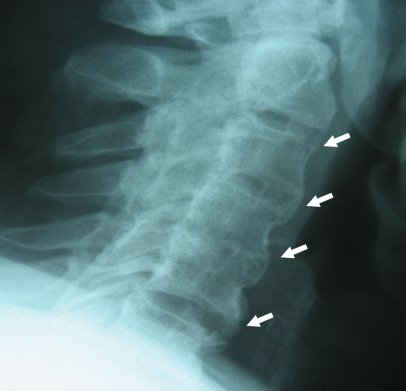

He had mild dysphagia for several years and during the six months before admission, the dysphagia had worsened. He came with one-month history of progressive weakness and numbness of the lower extremities. He was a chronic smoker and smoked about 10-15 cigarettes a day. Careful clinical evaluation of the airway before operation and having an approach to the anticipated difficult intubation are emphasized.Ī 54-year-old male weighing 90 kg and diagnosed with DISH was scheduled for elective anterior decompression and plating at cervical spine level C2-3 and C6-7 level. Radiological evaluation may be useful in assessing the airway in patients deemed to be at risk for difficult intubation.

DISH occurs primarily in the elderly population and is often associated with the syndromes of osteoarthritis and ossification of the posterior longitudinal ligament (OPLL). However, isolated and predominant cervical spinal involvement may occur. Ossification of the anterior longitudinal ligament is common, may be discontinuous, and is often more marked in the thoracolumbar spine than elsewhere. Available from: ĭiffuse idiopathic skeletal hyperostosis (DISH) is a condition characterized by calcification and ossification of ligaments and enthuses (ligament and tendon insertion sites) mainly affecting the vertebral column. Diffuse idiopathic skeletal hyperostosis of cervical spine - An unusual cause of difficult flexible fiber optic intubation.
DIPTIC DIFFUSE IDIOPATHIC HOW TO
How to cite this article: Baxi V, Gaiwal S. Keywords: Cervical spine, DISH, difficult intubation, fiberoptic intubation The osteophytes associated with the syndrome of diffuse idiopathic skeletal hyperostosis were at the C2-3 and C6-7, T1 level and resulted in anterior displacement of the pharynx and the trachea respectively.

Since obesity is associated with DISH, losing weight might help keep the disease from progressing and lower your risk of complications. Achieve and maintain a desirable weight.Talk with your doctor before starting an exercise program. Regular aerobic exercise, such as walking or swimming, can increase your endurance, keep your body more nimble and help you cope with DISH. To help you manage pain and stiffness and to halt progression of the disease, try these self-care measures: Surgery might also relieve pressure on the spinal cord caused by DISH.

People who have difficulty swallowing due to large bone spurs in the neck might need surgery to remove the bone spurs. Surgery might be needed in rare cases when diffuse idiopathic skeletal hyperostosis causes severe complications. He or she might refer you to a physical therapist for further guidance. Ask your doctor about specific exercises you can do. Exercises might also increase the range of motion in your joints. Physical therapy can reduce the stiffness associated with DISH. More-severe pain can be treated with corticosteroid injections. Your doctor might recommend over-the-counter pain relievers, such as acetaminophen (Tylenol, others) or ibuprofen (Advil, Motrin IB, others). Treatment is also aimed at keeping the condition from worsening and at preventing complications.īecause of the relationship between DISH and conditions such as obesity, insulin resistance and type 2 diabetes, treating those conditions might slow or halt the progression of DISH. While there's no cure for diffuse idiopathic skeletal hyperostosis, you can take steps to reduce pain and stiffness.


 0 kommentar(er)
0 kommentar(er)
